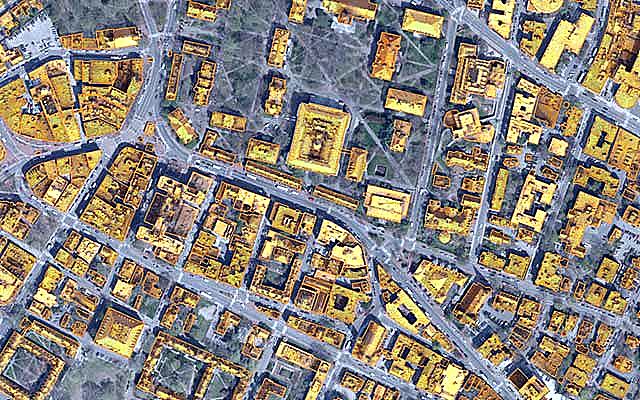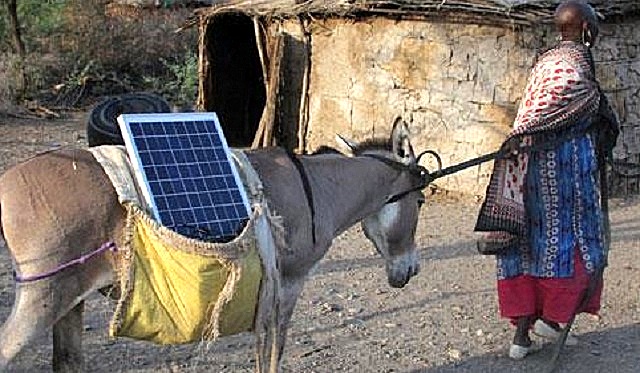Efficiency, Efficiency, Efficiency
New lithium-ion battery (credit: MIT and 24M)
Energy conservation and efficiency is the 'driver' for electric power generation, architectural design, and renewable solar cells technology. Three technological advancements are showing the way:
1. New batteries: researchers at MIT's Materials Research Laboratory have developed a novel approach to producing lithium-ion batteries that cuts their production cost in half. In association with a Cambridge company, 24M, the new process ups the performance of the most widely used rechargeable batteries while making them easier to recycle. Lithium batteries power everything from cell phones, to electric cars, and other storage devices. MIT's Professor of Ceramics, Yet-ming Chiang, has developed a new device that eliminated 80% of the non-energy storing materials while increasing the size of the lithium-ion electrodes 5 times in comparison to conventional batteries. The new MIT devices could revolutionize energy storage in batteries.
2. Energy producing buildings: cities have acres of roof-top infrastructure and vertical spaces that could be used for energy production and efficient designs. If these spaces were employed to generate solar power, with excess power sent into a city's power grid, some buildings might become 'net zero' energy consumers. That's the idea behind Mapdwell. Using big-data inspired maps, the company provides decision-making tools to architects and planners that enable communities to drive sustainable practices, energy efficiency, and smart infrastructure development. Mapdwell created a series of maps showing a city's solar energy potential like this one the roof-top solar capacity in New Your City. There is a lot of generating capacity in these buildings.

NYC roof-top solar potential, gold (credit: Mapdwell)
3. Market efficiency: in markets anywhere, producers require accurate pricing information to effectively manufacture market their products. This is especially true in developing counties that previously lacked access to information due to limited communication tools. Cell phones have changed this but powering the devices, especially in remote areas far from a power grid, was a challenge until efficient solar cells became available. Not only did small solar-electric panels help light darkened homes, they also allowed rural livestock herders to recharge batteries directly in the bush. A novel program established by the non-profit organization, Green Energy Africa, allows Masai women to carry rechargeable devices on their donkeys so they can use their phones while moving the animals to local markets. They can also check on prices paid for the animals in other regions of Kenya.

Masai woman with solar-powered donkey, Kenya (credit: Green Energy Africa)
These three examples show the creativity being applied to efficiently generate and conserve energy. More will soon appear as well.
WHB